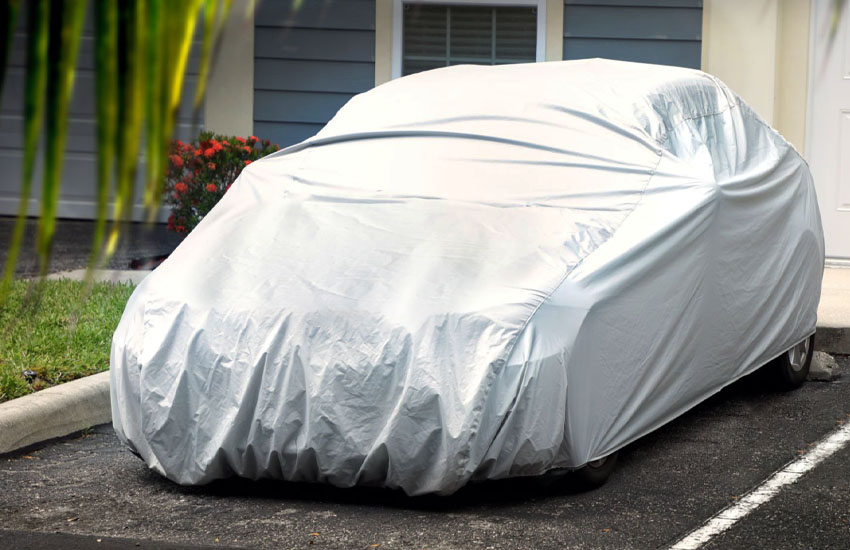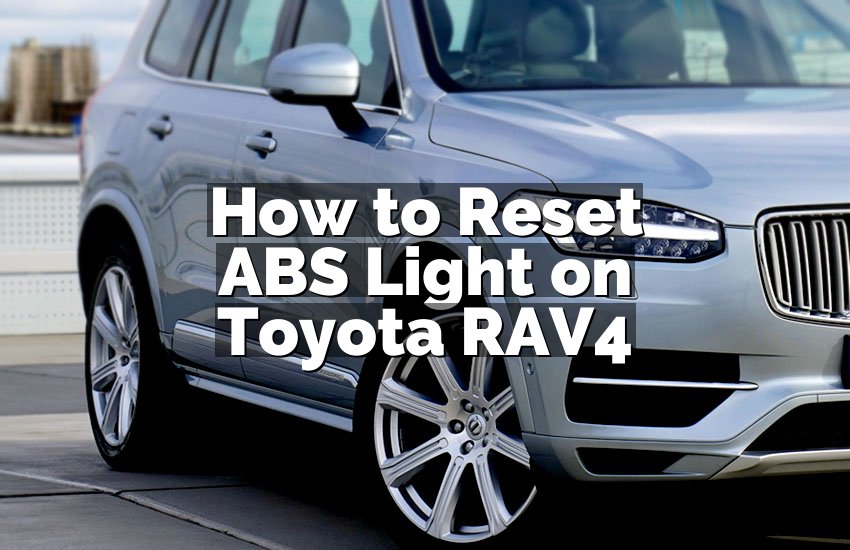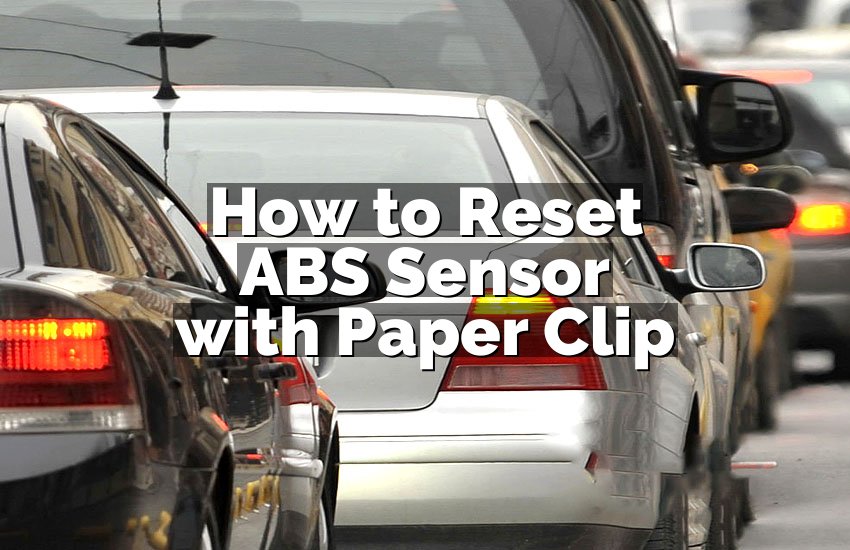You might be thinking about using a car cover for your vehicle. Car covers can be really helpful. They protect your car from dirt, rain, and the sun. This can keep your car looking nice and new. But, there are also some downsides.
Sometimes, car covers can trap moisture and cause rust. They might also be hard to put on and take off. In this post, we’ll look at both the good and the bad sides of using a car cover. This way, you can decide if it’s right for you. Let’s dive in and see how a car cover can help or hurt your car.

Advantages of Using a Car Cover
Using a car cover can be really helpful for keeping your car in great shape. Let’s look at some of the main benefits.
Protection from the Weather
One of the biggest benefits of using a car cover is that it protects your car from the weather. If you park your car outside, it can be exposed to rain, snow, and sun. Rain and snow can cause rust and damage.
The sun can fade the color of your car and make the paint look old. A car cover keeps these things away from your car. It acts like a shield, so your car stays clean and looks nice for longer.
Preventing Scratches and Dents
Another advantage of a car cover is that it helps to prevent scratches and dents. Sometimes, small things like branches, leaves, or even kids playing around can scratch your car.
A cover acts as a barrier between your car and these things. It stops them from touching your car’s surface. This can keep your car looking new and help avoid those annoying dings and scratches.
Reducing Interior Damage
Car covers also help to keep the inside of your car safe. The sun can make the seats and dashboard in your car fade or crack over time. This happens because UV rays from the sun can be very strong.
A cover blocks these rays from getting inside your car. This means your seats and dashboard stay in better condition. They won’t get as hot, and they won’t crack or fade as quickly.
Keeping Animals Away
Animals, like birds and squirrels, can sometimes be a problem. Birds might leave droppings on your car, which can be hard to clean and can damage the paint. Squirrels might scratch the car or even make a mess inside.
A car cover can help keep these animals away. It covers the car completely, so animals can’t get to it. This means less cleaning and fewer worries about animal damage.
Saving Time on Cleaning
Finally, using a car cover can save you time. When your car is covered, it doesn’t get as dirty. You won’t need to wash it as often. This is because the cover keeps dust, dirt, and leaves off the car. Less cleaning means you spend less time washing your car and more time doing things you enjoy.
Using a car cover has many benefits. It protects your car from the weather, prevents scratches and dents, keeps the interior safe, keeps animals away, and saves time on cleaning. If you want to keep your car looking nice and in good shape, a car cover is a smart choice.
Disadvantages of Using a Car Cover
While car covers have many benefits, they also have some downsides. Let’s explore some of the main problems with using a car cover.
Potential for Moisture Build-Up
One big issue with car covers is that they can cause moisture to build up. If you use a cover on a car that is wet or dirty, it can trap moisture underneath. This can lead to problems like mold or mildew. Moisture can also cause rust on your car if it’s not dried properly. So, it’s important to make sure your car is dry before putting the cover on it.
Difficulty with Proper Fit and Installation
Car covers can sometimes be tricky to fit properly. Not all covers are made to fit every car. If the cover is too small or too big, it won’t protect your car well. A poorly fitting cover might blow off in the wind or let dirt and water get through. It can also be a hassle to put on and take off. You may need to adjust it often to make sure it fits right.
Risk of Damage from Incorrect Use
Using a car cover incorrectly can lead to damage. For example, if you put a cover on a dirty car, the dirt can scratch the paint. Also, if the cover is not made from the right material, it can cause scratches or damage the paint. It’s important to choose a cover that is made for your car and to use it correctly to avoid these problems.
Wear and Tear on the Cover
Car covers themselves can wear out over time. They can get torn or damaged from being used outside in different weather conditions. A worn-out cover might not protect your car as well as it should. It can also become less effective at blocking UV rays or keeping out moisture. Regularly check your cover for any signs of damage and replace it if needed.
Increased Risk of Theft
Sometimes, a car cover can attract unwanted attention. People might see the cover and think there is something valuable under it. This can increase the risk of theft. While a cover doesn’t guarantee that your car won’t be stolen, it might make your car a more tempting target for thieves. Always be careful about where you park your car and consider other security measures.
Car covers do have some disadvantages. They can cause moisture build-up, be difficult to fit properly, and risk damage if not used correctly. They can also wear out over time and might increase the risk of theft. It’s important to be aware of these issues and take steps to avoid them.
Types Of Car Covers
When it comes to protecting your car from the elements, a car cover is a simple yet effective solution. There are different types of car covers available in the market, each with its own set of advantages and disadvantages. Understanding the differences between these types can help you make an informed decision about the best car cover for your vehicle.
Indoor Car Covers
Indoor car covers are designed to protect your vehicle when it is parked in a garage or storage facility. These covers are typically made from lightweight and breathable materials, such as cotton or polyester, to prevent moisture buildup and protect the car’s paint from dust and debris. Indoor car covers are ideal for keeping your vehicle clean and free from scratches when it’s not in use.
Outdoor Car Covers
Outdoor car covers are designed to provide protection for your vehicle when it is parked outdoors. These covers are usually made from heavy-duty materials like polyester or polypropylene, offering resistance against harsh weather conditions, UV rays, and bird droppings. Outdoor car covers are essential for preventing weather-related damage and maintaining the exterior of your vehicle.
All-weather Car Covers
All-weather car covers are versatile options that offer protection both indoors and outdoors. These covers are designed to withstand various weather conditions, including rain, snow, and intense sunlight. They are constructed from durable materials with added features like waterproof coatings and UV protection. All-weather car covers provide comprehensive protection, making them a convenient choice for all-season use.
Factors to Consider Before Buying a Car Cover
Size and Fit
Make sure the car cover fits your car well. Car covers come in different sizes, so you need to choose one that matches your car’s make and model. A cover that is too small won’t fit properly, and a cover that is too big might blow away or let in dirt and water. Look for a cover that is specifically designed for your car’s size and shape to ensure a snug fit.
Material and Durability
The material of the car cover is very important. Different materials offer different levels of protection. For example, some materials are good for blocking UV rays, while others are better for keeping out water.
Consider what kind of protection you need based on your local weather. If you live in a rainy area, choose a waterproof cover. For sunny areas, look for a cover that offers UV protection. Also, check how durable the material is, as a stronger material will last longer.
Indoor vs. Outdoor Use
Decide whether you need a cover for indoor or outdoor use. Indoor covers are usually lighter and protect against dust and minor scratches. Outdoor covers are stronger and offer more protection against weather conditions like rain, snow, and sun. Make sure the cover you choose matches where you will be using it.
Ease of Use
Think about how easy it is to put on and take off the cover. Some covers come with elastic hems or straps that make them easier to secure. If you plan to use the cover frequently, look for one that is easy to handle and doesn’t take too much time to put on or remove.
Additional Features
Some car covers come with extra features that might be useful. For example, some have built-in security features to help prevent theft, like locking mechanisms or reflective strips. Others might have a soft lining to protect your car’s paint. Consider what extra features might be important for you.
Price and Warranty
Car covers come in a range of prices. Generally, more expensive covers offer better protection and durability. However, it’s important to find a balance between cost and quality. Check if the cover comes with a warranty, which can provide peace of mind if the cover gets damaged or doesn’t perform as expected.
By considering these factors, you can choose the best car cover for your needs and ensure your car stays protected and in great shape.
Tips for Proper Usage of Car Covers
Using a car cover the right way can help keep your car in great shape. Here are some simple tips to make sure you use your cover properly.
Clean Your Car Before Covering
Always make sure your car is clean before you put on the cover. Dirt, dust, or water on your car can scratch the paint when the cover is put on. Wash your car and let it dry completely before covering it. This helps keep your car’s paint safe and clean.
Choose the Right Cover
Make sure you use a cover that fits your car well. A cover that is too small or too big might not protect your car properly. Check the size of your car and choose a cover that is designed for its make and model. This ensures the cover stays in place and offers good protection.
Use the Cover Correctly
When you put on the cover, make sure it is spread evenly over the car. Stretch the cover over the car and secure it properly using any straps or ties that come with it. This helps keep the cover from blowing away or moving around.
Check for Moisture
Before putting the cover on, check if there is any moisture on your car. If your car is wet or has dew on it, the cover can trap moisture and cause problems like mold or rust. Let your car dry before covering it.
Store the Cover Properly
When you’re not using the cover, store it in a dry, clean place. Avoid leaving it outside where it can get dirty or damaged. Keeping the cover in good condition helps it last longer and protects your car better.
By following these tips, you can use your car cover correctly and help keep your car safe and looking good.
I hope this helps you decide if a car cover is right for you. Car covers can keep your car safe from dirt, sun, and bad weather, which is great. They also help keep your car looking new. But remember, they can be tricky to put on and take off.
Plus, they might not protect your car from big damage like falling branches. Think about what’s important to you and how often you use your car. If you want to keep it clean and protected, a car cover could be worth it!


